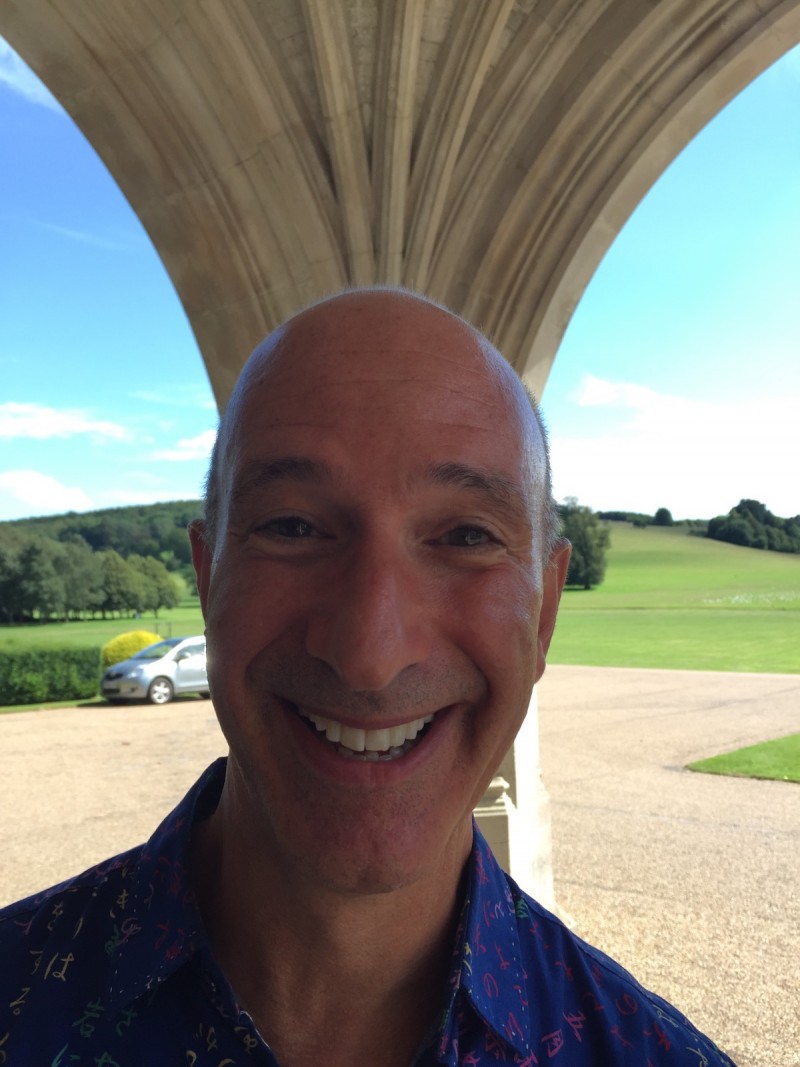
When I first met David Leisner, he was helping guitarists to get over focal dystonia. He stayed and taught at my house, and was the first person to offer real hope to many guitarists who were suddenly struck by the focal dystonia. He had been through it himself and had subjected himself to all manner of therapies before working out a way through before any permanent damage was done. He is a very patient and encouraging teacher.

David Leisner and GG
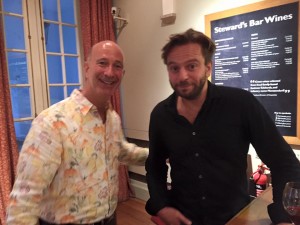
David and Marcin Dylla
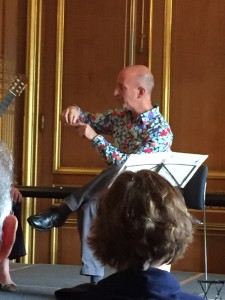
David teaching
Now, he is back on form as one of the most innovative guitarists around, with a beautiful sound, solid technique and unerring musicianship.
He is also an exciting composer, hence an early epithet of “Triple-Threat performer, composer and teacher” bestowed by the New York Times.
Here is a revealing interview I did with him at this year’s West Dean Summer school, where he talks about dystonia, David del Tredici and performing. Shortly after this, he went on tour in China, where it seems he was a big hit.
Here is a link to his latest CD, Facts of Life featuring music by Bach, David del Tredici, and Golijov
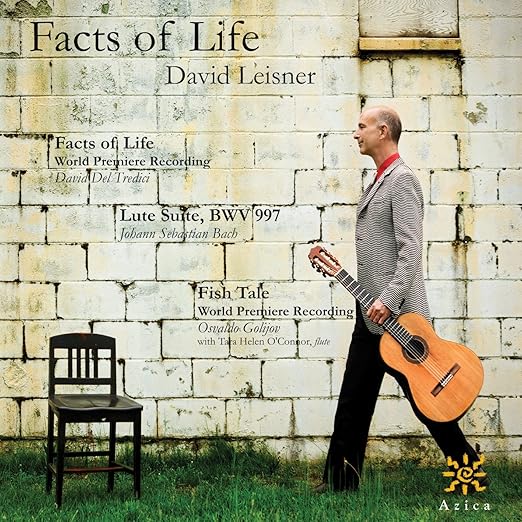


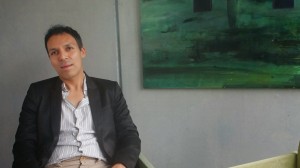 When I was at the
When I was at the 
